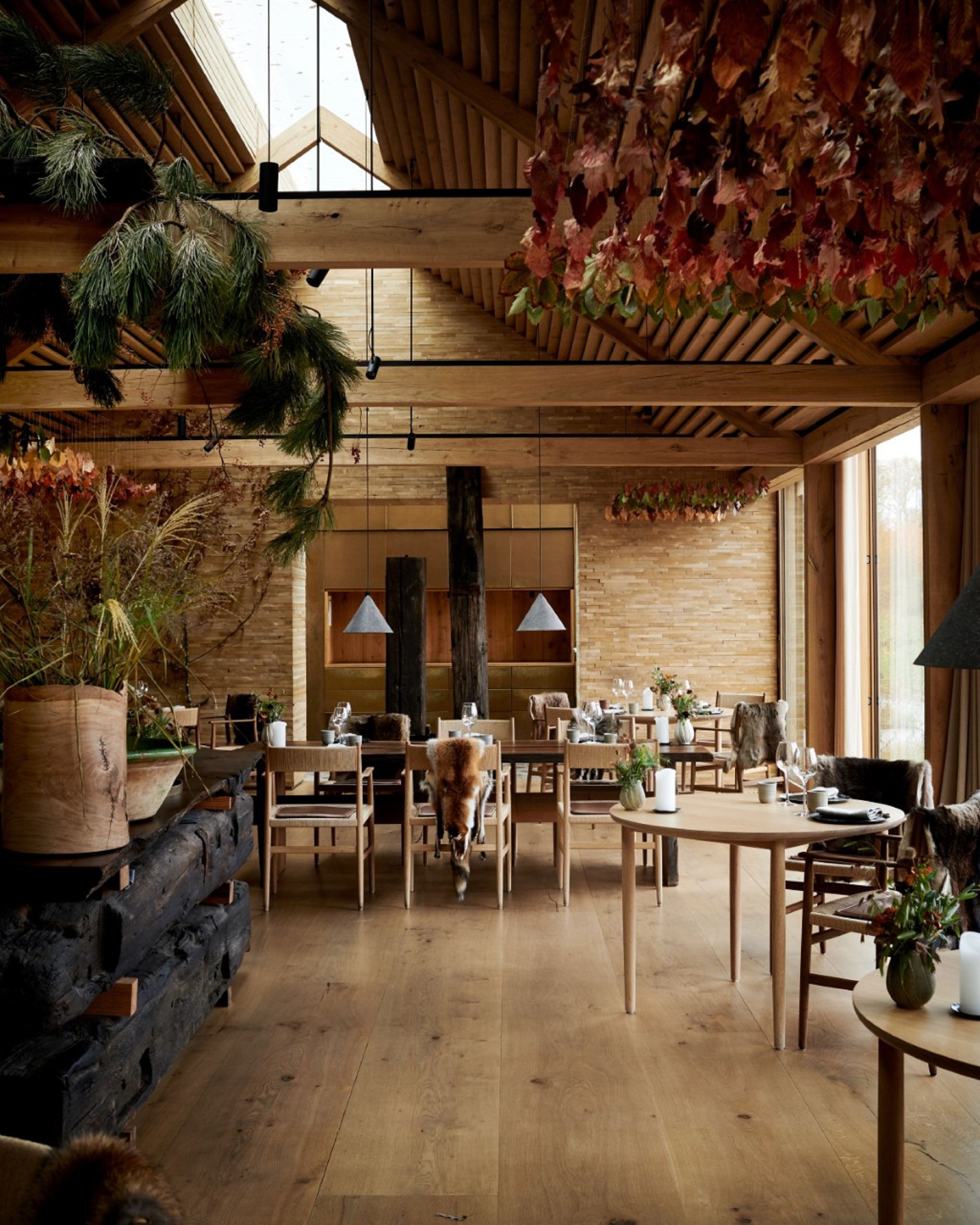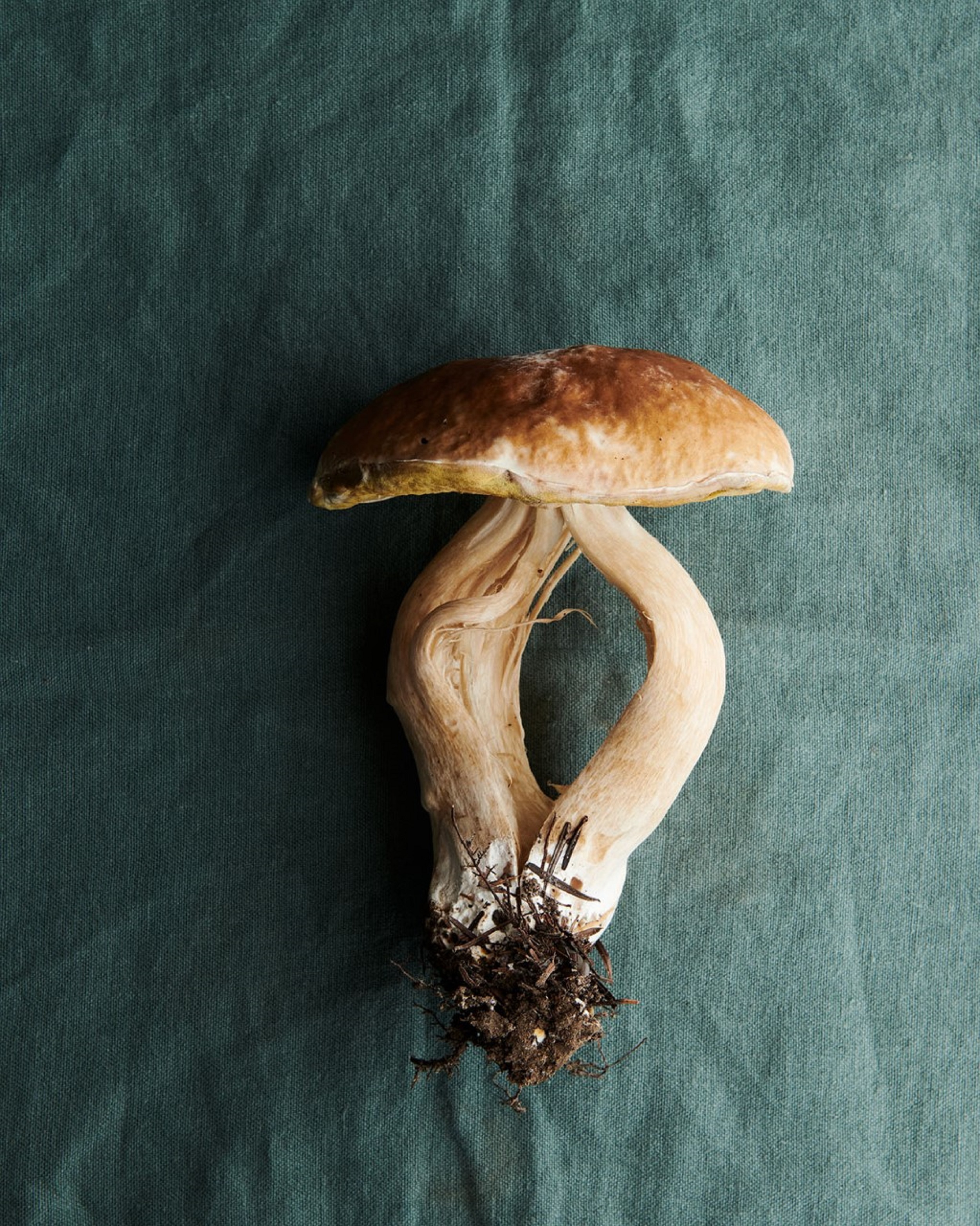Closures of many starred establishments have put into light the business model’s challenging equation. Yet, the global catering market is doing well. New options are emerging, enabling chefs to carry on and finance their cuisine.
Renowned gastronomic restaurants closing over the past years have caused shockwaves. The chef of famous Parisian address Antoine, with two Michelin stars, or three Michelin star holder Sébastien Riou have had to close down in 2022 and beginning 2023. “We are paying the bill of Covid now”, explains the latter. The Copenhagen-based establishment Noma, considered as the best restaurant in the world, also announced its upcoming closing, scheduled for 2024. Is high gastronomy doomed? Establishments have been affected by the pandemic as of 2020, as well as by inflation. In France for example, these phenomena had caused a dramatic 25% decrease in attendance by the end of 2021, to which was added an increase in raw material and energy costs in 2022. The current staff shortage in the sector is not helping either.
However, since 2022, the National Restaurant Association (NRA) has recorded a general increase in the global catering market which is foreseen to reach the impressive figure of 4.1 trillion dollars by 2026, with an annual growth of 5.4%. An average figure already surpassed in 2022 with a global turnover of about 890 billion dollars, which might reach 997 billion dollars in 2023. In this milestone context with the sector at a crossroads, readapting the offer has become crucial.
S'inscrire
Newsletter
Soyez prévenu·e des dernières publications et analyses.
Playing different fields: snacking to the rescue
To diversify their client base, many chefs have imagined new concepts parallel to their high-end establishments: a second more affordable concept, sometimes surfing on the trend of snacking, which often focuses on a younger clientele, but always endorsed by the starred chef’s signature. A winning bet according to the Observatoire Fiducial’s figures for 2022, which show an increase by 8% of semi-gastronomic restaurant attendance this year. Starred for his eponymous restaurant in Toulouse, chef Michel Sarran embarked in this direction in 2021, when opening his Croq’Michel: a restaurant exclusively dedicated to all types of croque-monsieurs. High-end snacking with gourmet products, which attracts the chef’s followers, who tend to be seduced by the idea of getting a brief taste of the world of high gastronomy. The full menu at Croq’Michel is under 20 euros, while menus in his Toulouse-based fine dining restaurant start at 75 euros. Moreover, knowing that the chef was stripped of his second Michelin star last March, one can wonder if circumstances aren’t currently calling for a return to pleasure cuisine, rather than maintaining a judgment cuisine at all costs.
In a recent testimonial, Geneviève Yam, culinary blogger and former chef in various New-York-based establishments talks about this inflexibility, which was the cause of many stressful episodes: “While I suffered from stress-induced fibromyalgia, I kept on torturing my body, solely for insignificant details which don’t matter, such as the exact quantity of mousse on the semifreddos. (…) ».
Riley Redefern, former chef at Eleven Madison Park - before its closing - comments: “We all know these establishments can’t function without a certain type of work”, which implies working under pressure, with a lot of overtime and a sometimes minimalist pay for employees. The road of pleasure is clearly the one on which chef Helene Darroze has embarked. With two Michelin stars, being famous for her two renowned gastronomic restaurants including the famous Marsan, she inaugurated in 2021 the JÒIA in Paris. There, her gourmet and warm cuisine touches a new client base with simple and homestyle dishes: roasted chicken, madeleines… An address which radiates the soul of Darroze’s cuisine and attracts foodies who love the concept’s friendliness and want to grasp a taste of the chef’s solar cuisine in a cozy and less pretentious location. Still, a place with a nonetheless sleek design, which offers the perfect setup for a successful photo.
When reactivity rimes with creativity
Renowned for their gastronomic restaurant Locavore, which opened in Bali in 2013, the Balinese and Dutch chef duo Eelke Plasmeijer and Ray Adriansyah also had to bounce back following the lockdown which lasted nearly three years in the region. With his past as a food critic and his manager experience in hospitality, Eelke Plasmeijer explains how creativity was key to survive: “During Covid, Bali became a ghost island. I therefore took the initiative to call old acquaintances in Jakarta and organize popups in bigger cities of Indonesia, including the Java Island, to keep the Locavore concept alive, despite its physical closure. This allowed us to continue paying our staff during the two years that the island was under strict lockdown, and to be quickly reactive to airports reopening, as our team didn’t need to be restructured. We had remained active all along and had only been waiting for this!”
Following the reopening, the restaurant was quickly fully booked again, but Eelke and his partner had a good intuition anticipating the snacking trend by opening a “Locavore to Go”, which today represents 20% of their turnover. A substantial support. Communication at Locavore is also very elaborate on social media as on their website, where the recent announcement of a change in location gave the pretext to a temporary 19-course menu. An arty “exhibition menu” accompanied by a catalogue pairing each dish to an existing artwork, available via QR code. Somewhere between terroir and metaverse, this menu encompassing signature dishes of the past nine years make this change in location a true event, while showcasing the artistic value of such creative dishes. By naming the experience ARTEFACTS, and by renaming the future restaurant NXT, an added value to the Locavore is clearly implied for all of those who thought dining there once would be enough!
Chefs such as Eelke Plasmeijer remind us that high gastronomy can no longer afford to operate according to the same standards. The playful aspect is vital: “We’re changing location mainly to have more spacious kitchens for our team to be able to have more fun cooking. And for us to be able to take our creative experience even further!”


The Noma will also reopen its doors in another format. The hyper-seasonality and the sedentariness which have made this establishment the reference in Scandinavian avant-garde cuisine have paradoxically led it to its demise, and brought its chef’s optimism to an end. As of now, René Redzepi’s team will continue the Noma adventure as a laboratory which will only be creating recipes available online and for popups. Redzepi recently told the New York Times about this difficult realization: “The business model under which this type of establishments functioned was not viable, both emotionally and financially.”
In this light, it is sometimes a salutary, almost cosmogonic death these places undergo, to then be reborn under more favorable auspices.
Partager l'article
Continuez votre lecture
Mountain resorts are aiming for new heights of ultra-luxury
In 2100, people will still be going to winter sports, but they won’t practice them as they do today. Is global warming to blame? Not only. The resorts that are in danger must diversify and for the others, help might come, once again, through luxury.
LVMH and Kering: the race for the best vineyards
The rush of luxury brands to acquire prestigious vineyards in search of profitability and diversification continues. Climate change is affecting production capacity and the quality of terroirs. A phenomenon that pushes groups to diversify their supply.
By Eva Morletto
S'inscrire
Newsletter
Soyez prévenu·e des dernières publications et analyses.